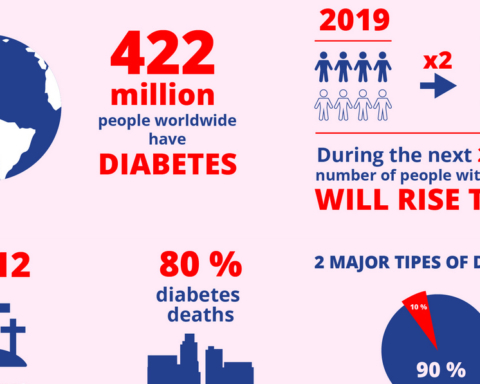Cardiovascular disease (CVD)− which includes heart disease and stroke − causes 17.3 million deaths each year, making it the world’s number one killer. But the good news is that the majority of CVD is caused by risk factors that can be controlled, treated or modified; including physical inactivity a leading CVD risk factor. Find out what steps you can take on the road to a healthy heart and a longer and better life to help reduce premature CVD deaths by 25 percent by 2025.
Physical activity for Children
Children aged 5-17 should do at least 60 minutes of physical activity every day. Physical activity promotes a child’s concentration, healthy growth and development, prevents disease and unhealthy weight gain. Urbanization reduces levels of physical activity, cities must be built with enough safe green spaces for children’s recreational activities. Physical activity learned in childhood continues in adulthood, contributing to the person’s decreased risk for heart disease and stroke.
Physical activity for Adults
Adults should do at least 150 minutes of moderate intensity or 75 minutes of vigorous physical activity throughout the week to reduce the risk of high blood pressure, coronary heart disease, stroke and type 2 diabetes. 150 minutes of moderate physical activity per week reduces the risk of heart disease by 30% and the risk of diabetes by 27%.
Each year, physical inactivity contributes to over 3 million preventable deaths. Brisk walking, dancing, housework and gardening would be classed as moderate-intensity physical activity whereas vigorous physical activity would be running, cycling, swimming and playing competitive sports.
Physical activity for Seniors
Older adults should do at least 150 minutes of moderate-intensity or 75 minutes of vigorous physical activity throughout the week to lower rates of coronary heart disease, high blood pressure, stroke and type 2 diabetes. If you are not active, start with small amounts of physical activity and gradually increase duration, frequency and intensity over time. It is recommended to talk to a doctor before starting an exercise program to be sure it is the right one.
In adults aged 65 years and above, physical activity can range from sports and planned exercise to other activities such as walking, dancing or gardening. The body burns fewer calories as you get older. Excess weight causes the heart to work harder and increases the risk for heart disease, high blood pressure, diabetes and high cholesterol. Exercising regularly and eating a balanced diet rich in fruit and vegetables can help maintain a healthy weight.
Further Reading: External Links







